Double glazing is a type of window with double glazed units, which is two panes of glass and a space between them, the technical wording for this space is a cavity.
The cavity is usually filled with inner gases like argon and krypton. The gas acts as an insulative barrier and reduces the level of heat transmission and your energy bill.
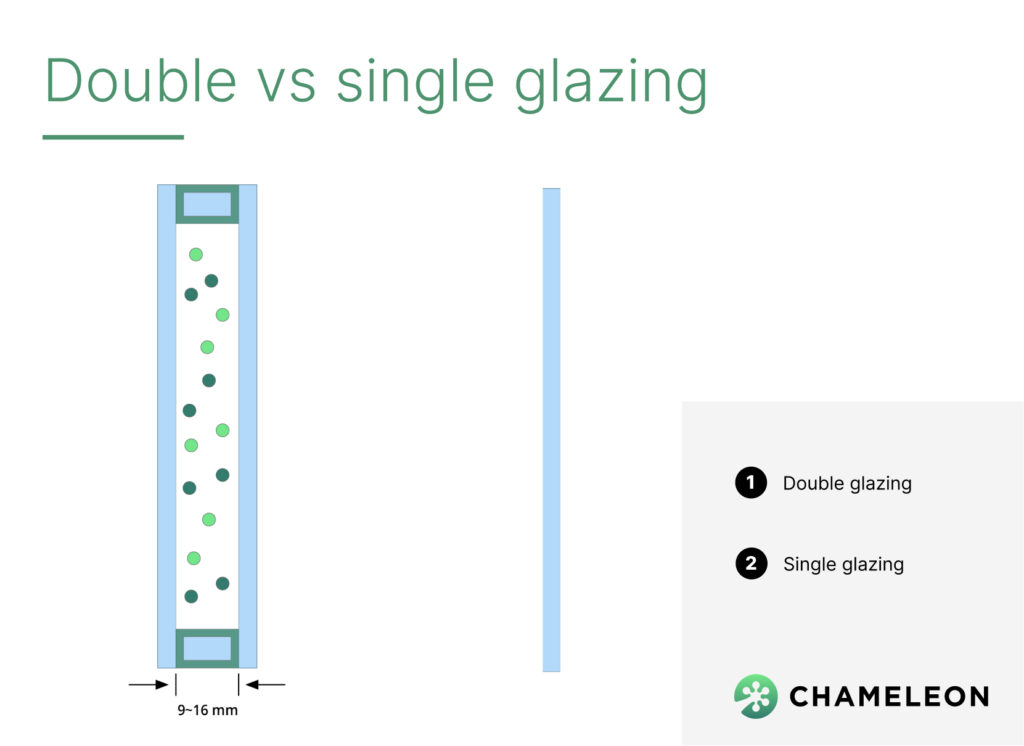
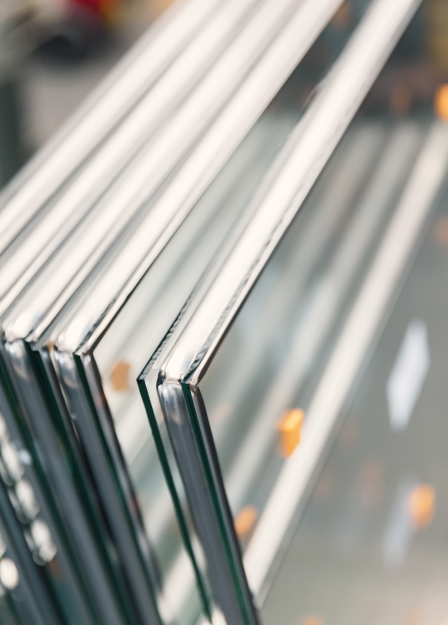
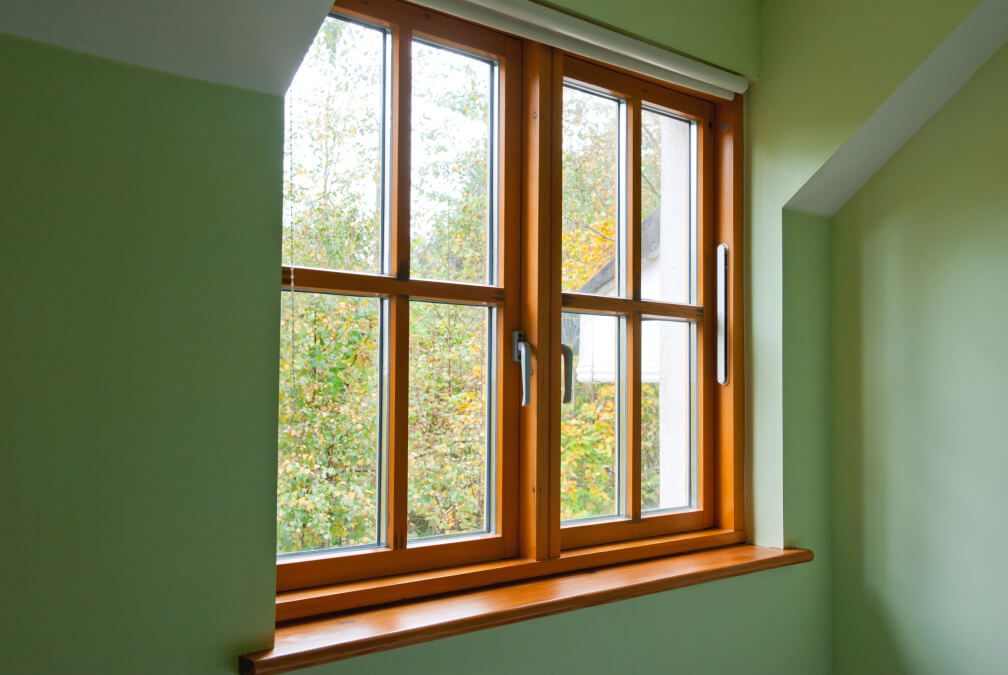
Double glazing has many customisation options, like the composition of the double glazed unit, e.g. 10/8/4, 4/8/4 or 4/1/4, does it has a sound insulation layer or Low-E glass coating or solar control.
Another type of double glazing that has become more used in historic building restoration projects is vacuum-sealed double glazing. Unlike standard double-glazed units, the cavity of vacuum double glazing has a vacuum inside.
Vacuum transmits less thermal energy than inner gasses, making it superior in insulation properties and it reduced heating bills even further.
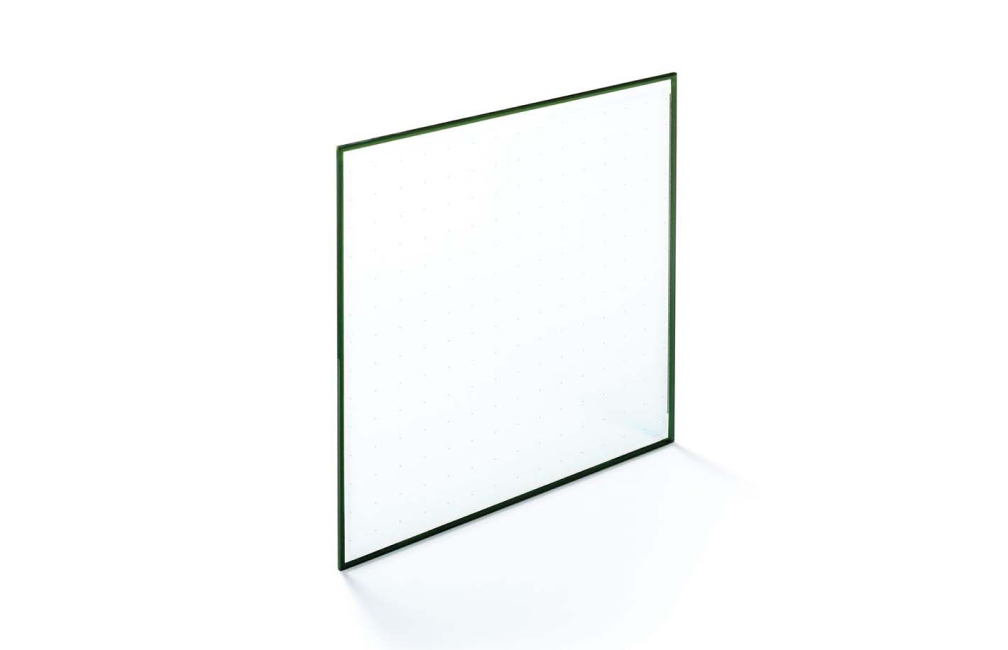
With vacuum technical characteristics, the cavity between two panes of glass can be thinner, up to 1 mm, without affecting thermal properties. As a result, we now have slim double glazing that we can use in sash window retrofitting projects. In contrast, single glazing in original wooden sash windows can be replaced with heritage double glazing without changing the window frame or sashes.
This type of double glazing is a breakthrough because old historic properties can now become more energy-efficient and keep the original window frame. This all became possible thanks to the latest vacuum double glazing developments, which were not available on the market a decade ago. Vacuum double glazing is an ideal choice for an original wooden frame window.
There are also a few other glass technologies used in the modern double glazed unit.
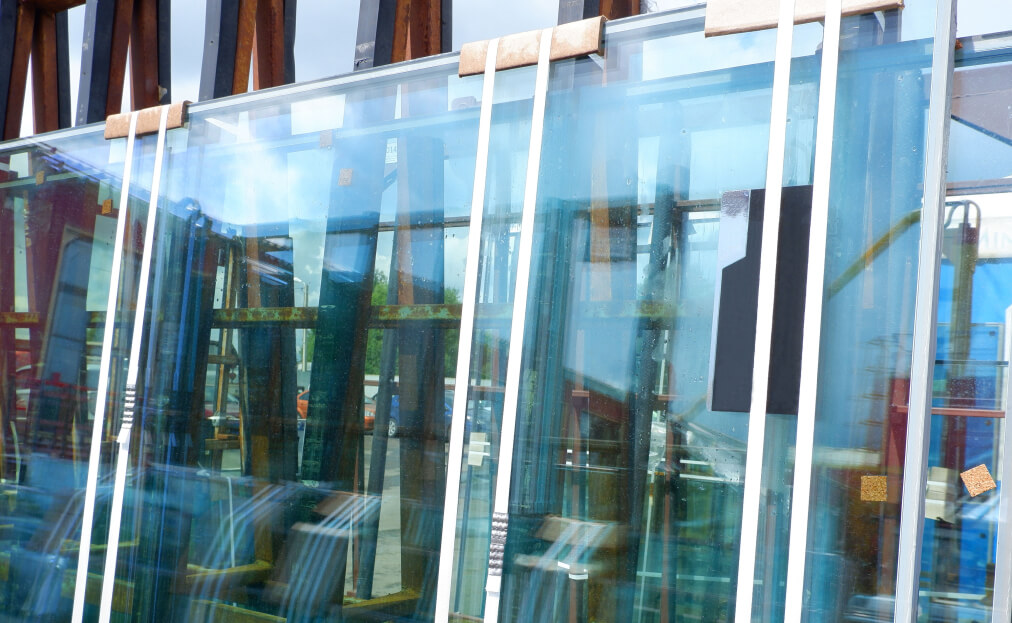
Low-emissivity glass is a type of glass that has a coating on the glass panes, which reduces the level of heat transmission through the glass. It is also known as smart glass or heat-reflective glass. This coating can be referred to as Low-e glass. This unique glass coating is used in the composition of double glazing to improve the window’s energy efficiency or solar control properties.

Laminated glass is a type of safety glass made by bonding two sheets of glass together with a layer of plastic in between. Laminated glass is used in double glazing to improve the window’s security and reduce noise levels.
The main disadvantage of single glazing is that it does not offer much in terms of insulation. In the winter, single-glazed windows can let in a lot of cold air, making it difficult to heat your home. In the summer, the situation is reversed, and single-glazed windows can make your home very hot and uncomfortable.
Single glazing has relatively low performance in terms of insulation and energy efficiency. Energy transmission of single glazing is very high, meaning it easily transfers heat from one extreme to another. For example, in winter, single glazing will transfer cold temperatures to the inside of your home, and you will need to turn the heating up to counterbalance this effect.
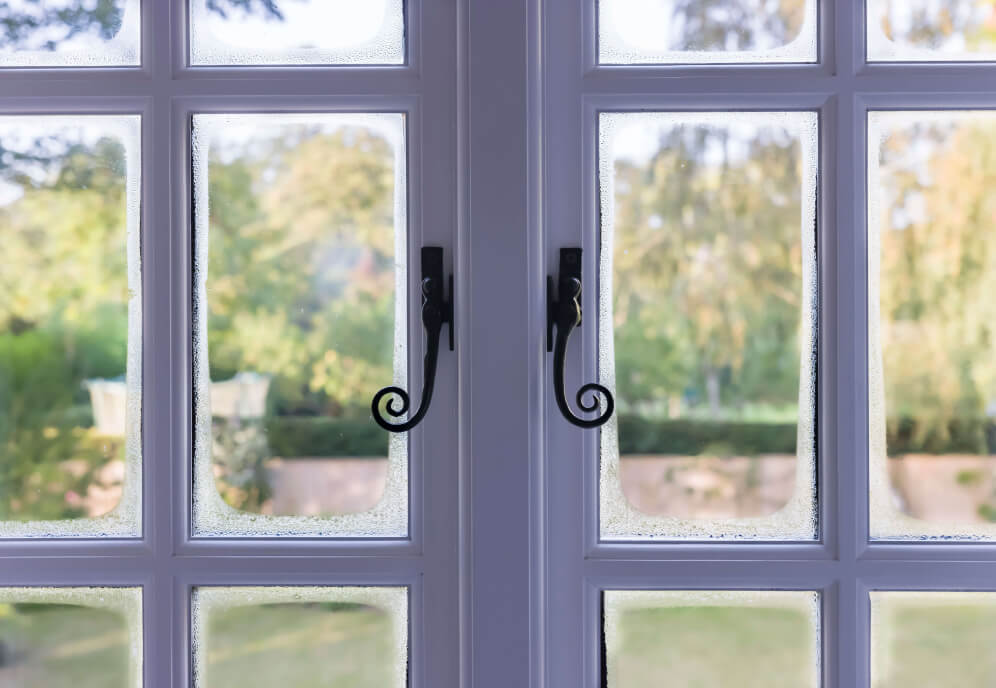
Single glazing consists of a single glass sheet. Most of the time, this glass sheet is between 4 and 6 mm thick, but it can also be thicker. It is like a cup with boiling water; you can not hold it as it easily transmits all the heat. The double glazing in this example is a thermos; when it has hot water inside, you do not feel it when holding it, thanks to layers and insulation in between, the same physics as in window double glazing.
Single-glazed windows can also be quite loud as they have not only poor thermal insulation properties but also very low noise reduction specs.
If you live on a high street or near a construction site, the noise can be overwhelming and unhealthy.
Double-glazed windows can help reduce the amount of noise that comes into your home. The soundproofing properties will differ significantly depending on the quality and composition of double glazing.
Single glazing is much easier to break than double glazing as it only has a single pane. Single glazing makes your home less secure against burglars, especially ground floor windows.
If you live in a high-crime area, your property is especially at risk. Toughened double glazing units can make your house more secure.
Because of the high energy transmission level, single-glazed windows can also create a lot of condensation, which will form on the inside of the window glass pane.

The warm air inside your home will come into contact with the cold surface of the single sheet of glass, and this will create condensation, which can lead to mould and mildew problems inside your home, and this can cause serious health problems if not managed. Condensation on single-glazed sash or casement windows is a common problem, especially in the winter months when there is a big difference between inside and outside temperature.
The best way to avoid condensation is to retrofit double-glazed units into your existing window frames. They have much better thermal properties and will not create condensation on the inside pane of your windows.
Despite all the drawbacks and advantages of double glazing, single glazed windows are still widely used in homes and commercial properties around the UK. There are still many in East Anglia and South East in particular. Single glazed windows are usually still present in Grade 2 listed properties; statistically, over 80000 listed houses only in East Anglia regions and over 14000 only in Essex. Still, many non-listed houses have single glazed windows, which can also benefit from double glazing.
If you live in a listed building or conservation area with original wooden windows, then you might not have a choice but to keep your existing window frames and retrofit double glazing, as window replacement is too expensive and less likely to receive permission for a local conservation officer.

The main reason to change from single to double glazing is the ever-increasing energy costs and modern living standards. People want more comfort for less, and that’s exactly what our sash window double glazing service offers house owners with single glazed timber frame windows. Feel free to contact us for a quote. If you want to find out the cost of sash window double glazing, you can also visit our pricing page.
Please note that our team only retrofit double glazing in original timber frame windows. We do not work with UPVC windows or Aluminium frames. We are a double glazing company which only produces sash window double glazing retrofitting services.
The below infographics show our testing of 5 types of different contemporary glazing options vs single pane of glass.
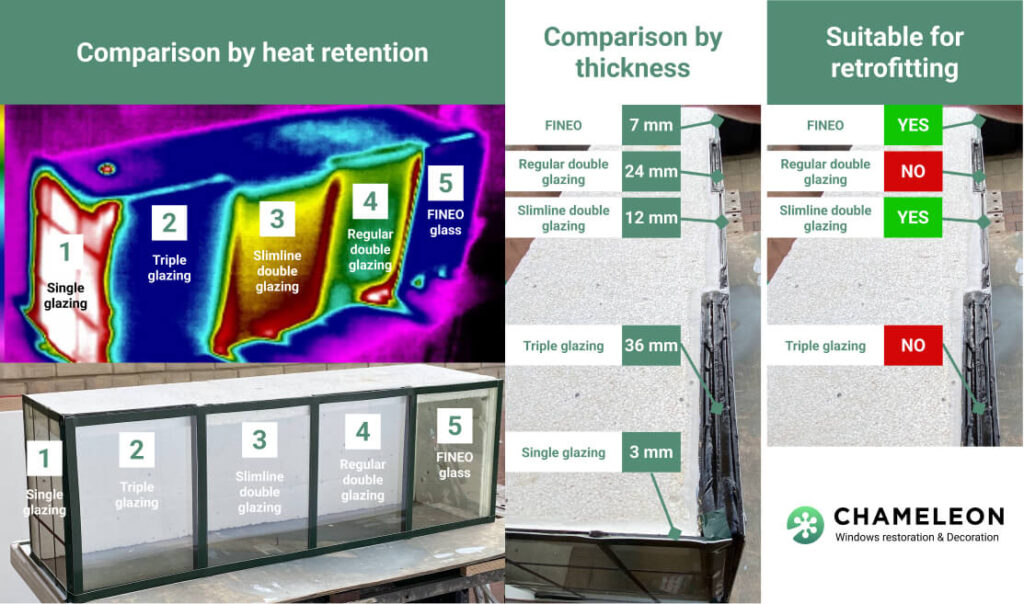
U-value of different types of window glazing
| Type | U-value |
| Single glazing | 5 – 5.8 |
| Triple glazing | 0.6 – 1 |
| Double glazing | 1.2 – 2.2 |
| Vacuum double glazing (FINEO glass) | 0.54 – 0.7 |
There are alternative ways to insulate your single glazed windows and reduce noise and heat transfer. Secondary glazing is one of them; it is an alternative to double glazing retrofitting or complete replacement. Secondary glazing can be installed at the interior side of most window types, including sash windows.
It is not as energy effective as double glazing and does not look as good, but it will still make a difference to the comfort of your home.
When you are looking for new double glazed windows or getting quotes for secondary glazing, make sure to check the window’s energy rating. The energy rating is a good indicator of how much heat your window will lose. The higher the energy rating, the better insulated your window and the less heat it will lose.
A-rated windows are the most energy-efficient, G-rated windows are the least energy-efficient, and single glazed windows fall into the G-rated category.
Single glazing windows are the single source of lack of insulation. The poor energy efficiency rating does not only come from single glazing windows. Correct window installation, window frame material and insulated walls are also important factors that contribute to your house’s overall level of insulation and energy performance.
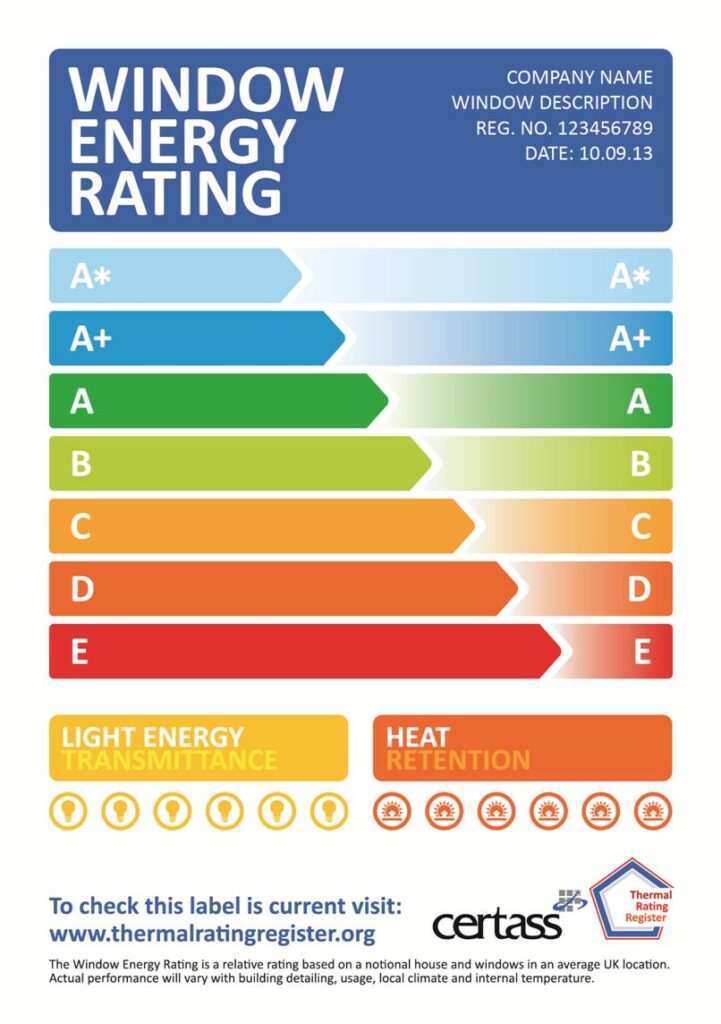
There are advantages and disadvantages of single glazed windows. The main advantage is the lower cost compared to double or triple glazing. The main disadvantage is the poor energy efficiency, which can lead to heat loss, higher heating bills and condensation. If you live in a listed building or conservation area, you might not have a choice but to keep your existing window frames and retrofit double glazing to original wooden frames.